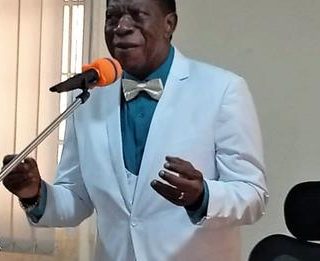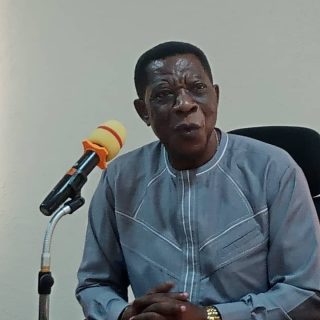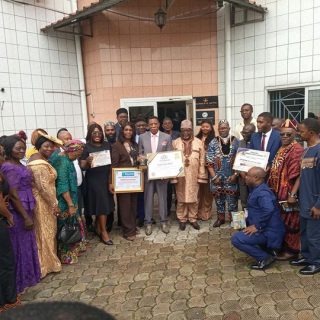BITS AND PIECES ON THE OCTOBER 12, 2025 PRESIDENTIAL ELECTION IN CAMEROON (Saturday, October 11): 10 ITEMS
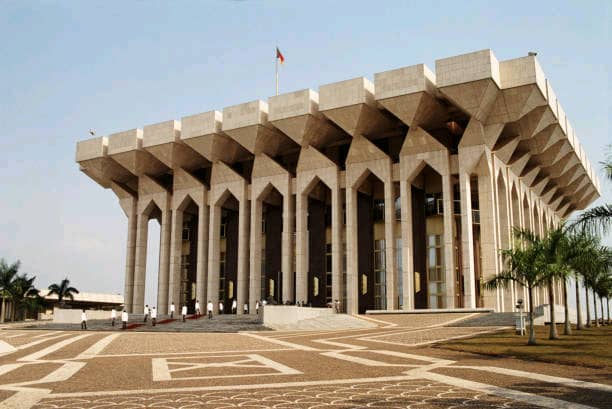
A Communiqué Issued By The Managing Director Of ELECAM, ESSOUSSE ERIK, On October 9, 2025, Shows That The Total Number Of Registered Voters For The October 12 Presidential Election Is 8, 010,464, (3,716,567 Women and 4,293,897 Men). But The Fear In The Opposition Camp Remains That Of High Voters Abstention Rate, Especially In Yaounde And Douala, And The Two Anglophone Regions. Out of The 6, 667,754 Persons That Registered For The 2018 Presidential Election, Only 3,590,683 (53.83%), Voted. Official Statistics Show That In The Northwest Region, Only 33,582 (allegedly inflated ) Out Of 627,068 Registered Voters, Voted.

Significant Increases In The Number Of Registered Voters For October 12, 2025 Presidential Election
Statistics contained in communiqué that was issued on Thursday, October 9, 2025 by the Managing Director of Elections Cameroon (ELECAM), Erik Essousse, confirms that there has been a significant increase in the number of registered voters in the country for the October 12, 2025 presidential election, as compared to the statistics of the last presidential election which took place on October 7, 2018. The statistics contained in the press release of the Managing Director of ELECAM, put the total number of registered voters for the October 12, 2025 presidential election at 8,010,464 (Eight million, ten thousand, four hundred and sixty four), as compared to 6,667,754 (Six million, six hundred and sixty seven thousand, seven hundred and fifty four), for the October 7, 2018 presidential election. The statistics for the October 12, 2025 presidential election also show that the total of 8,010,465 registered voters, as regard gender, is comprised of 3,716,567 women and 4,293,897 men. The press release of the Managing Director of ELECAM, also indicates that 34,411 (men and women) of the registered voters, are in the Diaspora. It should be noted that the estimated population of Cameroonian diaspora is 7 million, and so the total number of registered voters in the diaspora for the October 12 poll, is quite low. It is however a significant increase from the numbered of registered voters for the 2018 presidential election, which was 19,420.
Meanwhile, as regard polling stations for the October 12 presidential election, there is a total of 31,653 polling stations, including 108 in the diaspora.
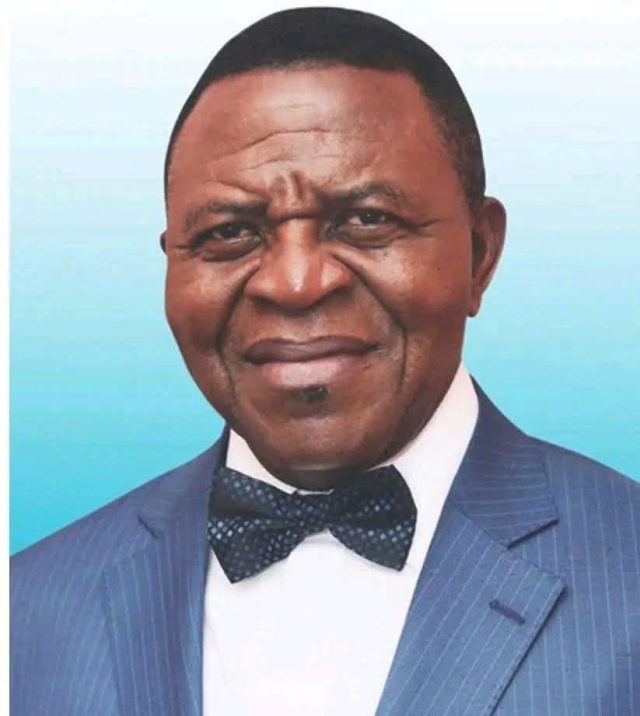
Why The Significant Increase In The Number Of Registered Voters
The significant increase in the number of registered voters is not surprising, considering the intensive voters’ registration campaign that was carried out in last two years by political parties and civil society organizations, especially by Maurice Kamto’s MRC. Credit must be given where it is due. It should be noted that the voters’ registration exercise was much more intensive in Cameroon’s two big cities, Douala (Littoral Region) and Yaounde (Centre Region), and it is thus not also surprising that the number of registered voters in these two cities, and thus the Littoral and Centre Regions as well, have had big increases in numbers of registered voters. As for the first three regions in terms of voters’ registration for the October 12, 2025 presidential elections, there has been no change as compared to the last presidential election which was on October 7, 2018. The three remain the Centre, Far North and Littoral Regions. The Centre Region maintains its first position, with the number of registered voters having moved from 1,155,161 at the October 7, 2018 presidential election, to 1,471,272 voters for the October 12, 2025 presidential election. There is however a change in the second position, as the Littoral Region has replaced the Far North Region, which now comes third. The Littoral Region has moved from 935,531 registered voters at the 2018 presidential election, to 1,326,839 registered voters for the October 12, 2025 presidential election. As for the Far North Region which now occupies the third position, it has moved from 1,137,942 registered voters at the 2018 presidential election, to 1,242,151 registered voters for the October 12, 2025 presidential election.
Voters’ Abstention Rate In Cameroon Is Always Very High
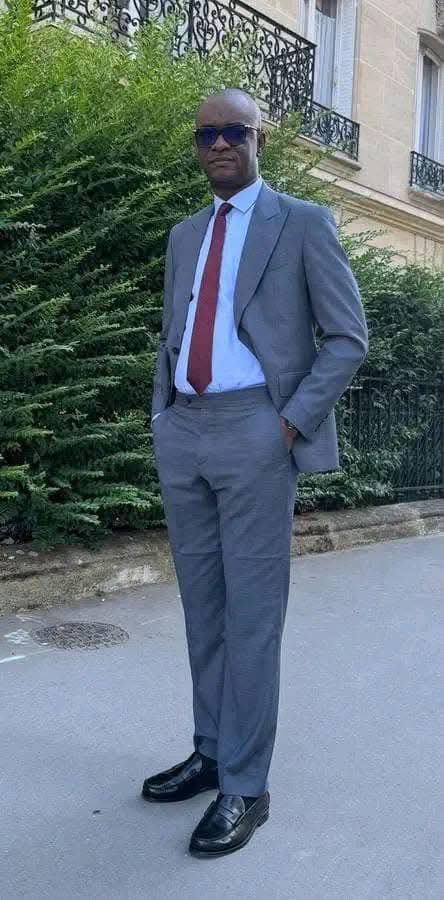
The National President of PCRN, Hon Cabral Libii Ngue, and 2nd Vice National Chairman of the SDF, Dr Louis–Marie Kakdeu, in a number of separate outings a few months ago, cried out that high voters’ abstention rate, has over the years been the biggest enemy of the opposition in presidential elections in the country. The fact is that from official statistics, the voters’ abstention rate in Cameroon’s presidential elections, as compared to the situation in many African countries, is really very high. At the October 9, 2011 presidential election for example, the total number of registered voters, according to official statistics, stood at 7,521,651 (Seven million, five hundred and twenty one thousand, six hundred fifty one thousand), while the total number of persons that actually voted, stood at 4,951, 434 (Four million, nine hundred and fifty one thousand, four hundred and thirty four), which put the participation rate of registered voters in the election at 65.82 %. This meant that over 2.5 million (Two million, five hundred thousands) registered voters, did not vote.
The situation was even worse at the last presidential election which held in 2018. According to official figures, the total number of registered voters in the 2018 presidential election was 6, 667,754 (Six million, six hundred and sixty seven thousand, seven hundred and fifty four), while only a total of 3,590,681 (Three million, five hundred and ninety thousand, six hundred and eighty one) voted. That put the percentage of voters’ participation at 53.85 %. This meant that a total of 3,077,073 registered voters, did not cast their ballots. It should however be said that due to the escalated Anglophone Crisis, there was no effective voting in the two Anglophone Regions (Northwest and Southwest Regions). But even if that is taken into consideration, the total number of registered voters in Cameroon that did not vote at the 2018 presidential election would still be above 2 million. Worth noting also that the voters abstention rate in the Diaspora is quite high, even though very few register. At the 2018 presidential election for example, only a total of 9,342 out of the total of 19,420 registered voters in the diaspora, voted, which was a participation rate of 48.11 %.
But whether the high rate of abstention at presidential elections in Cameroon, is the opposition’s biggest enemy or not, is another debate. The assumption by PCRN and SDF parties, which is shared by many Cameroonians, is that a large majority of registered voters that don’t vote at presidential elections are, mostly opposition supporters and sympathizers, and so the opposition is the one highly affected by the high abstention rate.
Abstention Rate In Cameroon’s Two Biggest Towns, Douala And Yaounde, Is Always Very High
Getting in into details, official statistics show us that the voters’ abstention rate in Cameroon’s two biggest or most populated towns, which are Douala (Cameroon’s economic capital) and Yaounde (the country’ political capital), is always very high. And this is an issue that lends some credibility to the complaint that, the biggest enemy of the opposition in Cameroon is the high voters’ abstention rate. This is because in many African countries, the fief of the opposition is mostly the big towns or cities, and so when the abstention rate at an election is high in the big towns, the opposition is in fact much more affected than the ruling party. That is the case with Douala, Yaounde, Lagos, Abidjan, Cairo, Dakar, Nairobi, Johannesburg, Casablanca, Tunis, among others. Let’s take the last presidential election in Cameroon, which held on October 7, 2025. Littoral Region with four Divisions – Mungo, Nkam, Sanaga Martime, Wouri – had a total of 935,531 registered voters. Out of this figure, Douala alone which is the Wouri Division comprised of Douala 1- 5 Sub-divisions, and the Manoka (Islands) Sub-division also officially known as Douala VI, had 657,976 registered voters. This meant that the other three Divisions had less than 300,000 registered voters. It should be noted that in the last couple of years, the Bamileke community has become the biggest tribe in Douala in terms of numbers, and without any surprise, Douala has since become the biggest fief of MRC, and its leader, Prof Maurice Kamto, who was a candidate at the October 7, 2018 presidential election.
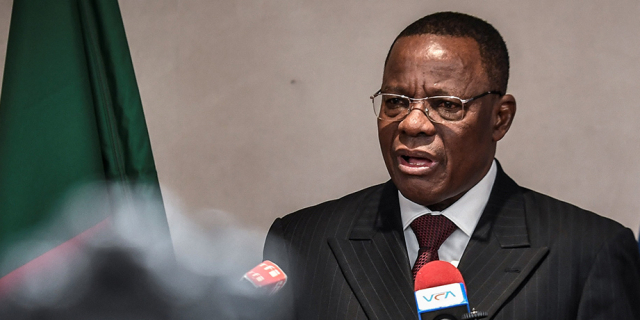
But despite the fact that Kamto was a candidate in the presidential election, the abstention rate in Douala (Wouri Division) at the election, was still quite high, though he won the election in Douala. Out of the total of 657,976 registered voters in Douala (Wouri) at the 2018 presidential election, only 343,151 voted, that is 52.15 %. This meant that as many as 314,825 of the registered voters in Douala, did not vote, despite the fact that some opposition candidates like Maurice Kamto and Cabral Libii pulled mammoth crowds at their campaign rallies. Worthy of note that out of the 343,151 actual votes that were registered in Douala (Wouri Division), Maurice Kamto who came first in the economic capital (Douala), received 157,336 votes which was 42. 21 %, while the incumbent, Paul Biya, came second with 98,609 votes, which was 28, 92 votes.
At The 2018 Presidential Election In Yaounde, Less Than 50 % Of Registered Voters, Voted
At the 2018 presidential election, the Centre Region with 10 Divisions – Upper Sanaga, Lekie, Mbam and Inoubou, Mbam and Kim, Mefou and Afamba, Mefou and Akono, Mfoundi, Nyong and Kelle, Nyong and Mfoumou, Nyong and So’o – had the highest number of registered voters in the country, which was 1,155, 161. According to official statistics, out of that figure, of 1, 155,161 registered voters, Yaounde (Mfoundi Division) alone had 582,113 of the voters. This left the nine other Divisions with 573,052 registered voters. Meanwhile, out of the 582,113 registered voters that Yaounde (Mfoundi Division) alone had, only 287, 510 voted, that is, 49.39 % voted. This meant that as many as 294,603 registered voters did not cast their ballots. In the detail results, Paul Biya came first in Yaounde with 146,512 votes which was 51. 35 %, while the Yaounde based Maurice Kamto who pulled one of the biggest crowds in the history of Cameroon’s multiparty elections, at his last campaign rally in Yaounde for the October 7, 2018 presidential election, received 89,668 votes, which was 31.43 %. This is why supporters of Issa Tchiroma Bakary, FSNC leader and presidential candidate for the October 12, 2025 presidential election, including Tchiroma himself who is running for the first time in a presidential election, are being cautioned not to get too excited with crowd size at rallies. Big crowds at rallies do not automatically translate into votes. Big crowds at rallies can only be useful in an election, if in the first place a large majority of the people have registered, and secondly if they go out on voting day to cast their ballots and protect their votes. All opposition candidates and their parties, that should today be rounding up their official campaign for the presidential election tomorrow (Sunday, October 12, 2025), should intensify their efforts on the sensitization campaign to mobilize registered voters, especially in the big cities, precisely Douala and Yaounde, to massively go out tomorrow to cast their votes, in the crucial presidential election.

Why The Far North Region Continues To Draw The Biggest Attention In The Presidential Election
While the Centre Region Remains the region with the highest number of registered voters in the country according to official statistics, the Far North Region which has even dropped from the second to the third position, has for the October 12, 2025 presidential election continued to receive the biggest attention from presidential candidates and their parties, as well as political observers. One of the reasons for this, is that according to official statistics, voters ‘participation at presidential elections is comparatively high in the Far North, as compared to the Centre and Littoral Regions, where voters participation is comparatively low. These is because in these the Centre and Littoral Regions, the majority of registered voters are in the big cities of Yaounde and Douala, where voters’ abstention rate at the presidential election as we have seen, is always so high. And so many presidential candidates tend to focus their attention more on the Far North Region, where they hope they can grab some votes, than the Centre and Littoral Regions, where voters’ abstention rate is high.
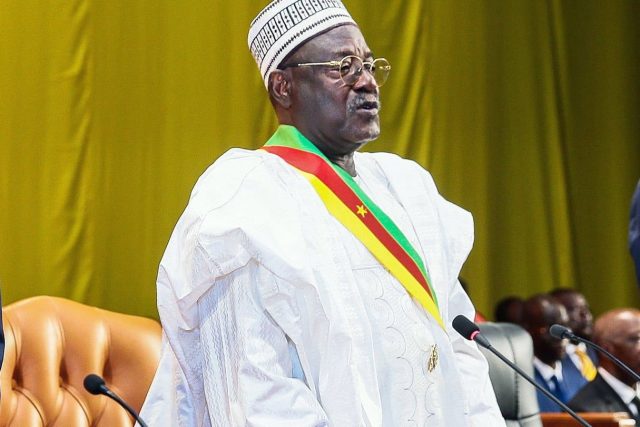
Drawing from official statistics, one of the things that probably accounts for the high voters’ participation in the presidential election in the Far North Region, as compared to the Centre and Littoral Regions, is that there is no concentration of voters in Maroua, the regional headquarter. Maroua which is the Diamare Division , is not quite a big town, and the number of registered voters in Maroua or Diamare Division, is not very much different from those in other five Divisions which include: Logone and Chari Division, Mayo Danay Division, Mayo Kani Division, Mayo Sava, and Mayo Tsanaga Division. At the October 7, 2018 presidential election for example, Diamare Division which is Maroua, had 268,119 registered voters, Mayo Danay came second with 200, 697 registered voters, Mayo Tsanaga came third with 198,290 votes. The smallest or the last of the six Divisions as regard the number of registered voters was the Mayo Sava Division, the Division of origin of the President of the National Assembly, Cavaye Yeguie Djibril, with 134,500 registered voters. There is this view in Cameroon that voters’ turnout at elections in Cameroon is high in small towns, and especially in villages or the rural areas. That is at least the impression that official statistics in elections, give. The statistics of the official result of the 2018 presidential election, in the Far North, showed that that voters’ participation in all the six Divisions, was comparatively high. The Divisions that recorded the lowest turnout were Mayo Tsanaga with 62.77% and Diamare with 64.05 %. The participation rate in the other four Divisions was above 70 %, with Logone and Chari for example recording 83.75 %. The one thing that according to official statistics, thus make the Far North Region different from Centre and Littoral Regions, is that unlike the Centre and Littoral where the cities of Yaounde and Douala respectively drain the population, in the Far North no Division far outnumbers the other five in terms of population, and thus number of registered voters. And so unlike the case of Mfoundi Division (Yaounde) in the Centre Region and Wouri Division (Douala) in the Littoral Region, if there is a low voters’ participation in the presidential election in Diamare Division (Maroua), it does not have much effect on voters’ participation in the Far North as a region. As aforementioned for example, voters’ participation in the 2018 presidential election in the Diamare Division (Maroua) was 64.05 %. But because the turnout was higher in four of the six Divisions of the Far North Region, voters’ participation in the Far North Region in the election was 72.30 %.
Biya’s Scores In Presidential Elections, In Far North Region Are Always Very High, And Creates Lots Of Suspicions
Now, we get to the crux of the matter, as to why there is so much attention on the Far North Region in the 2025 presidential election that will hold this weekend, precisely on Sunday, October 12, 2025. There is this fact that President Paul Biya has been known to depend much on his election victory at any presidential election, on the Far North Region. According to official statistics, at the presidential election, Paul Biya always gets his highest number of votes from the Far North Region, and that guarantees his victory. At the October 9, 2011 presidential election for example, voters’ participation in the Far North Region was 78.37 %, or better still, 1,125, 559 (One million, one hundred and twenty five thousand, five hundred and fifty nine) persons actually voted, according to official statistics. Out of this figure, Paul Biya alone grabbed 990,947 (Nine hundred and ninety thousand, nine hundred and forty seven), which was a 90.15 % score. Worthy of note, that there were as many as 23 candidates in the 2011 presidential election, and then, one candidate gets 90.15 %! Hmmmmmm! This meant that, with Biya alone having grabbed 90.15 % of the actual votes, the other 22 candidates were left with 9.85 % of the votes. Biya’s principal challenger in the 2011 presidential election was Ni John Fru Ndi of the SDF. Come to think of it, that the statistics of the official result show that Fru Ndi got barely 11,775 votes, that is, a score of 1.07 % in the Far North Region.
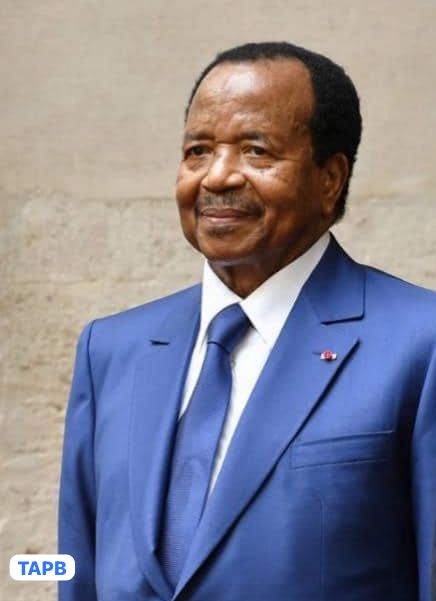
In the October 7, 2018 presidential election, a total of 821.311 persons voted in the Far North Region. I7, 122 null ballots were registered, leaving the actual or valid votes at a total of 804, 189 (Eight hundred and four thousand, three hundred and eleven) votes. According to official statistics of the detail results, Paul Biya alone grabbed 717, 442 (Seven hundred and seventeen thousand, four hundred and forty two) votes, out of the 804,189 valid votes, which gave him a score of 89.21 %. There were a total of nine candidates in the election, which means that Biya left the other 8 candidates, with less than 100,000 votes, or better still, 10.79 % of the valid votes. Come to think of it, that the statistics of the official result, show that Biya’s principal challenger in the election who was Prof Maurice Kamto of MRC, received barely 27,770 votes, that is, a score of 3.45 %. Worthy of note as well that the 1st Vice National President of Kamto’s MRC, Mamadou Mota, who is currently also the Interim President of the party, is from the Far North Region. Yet that was all Kamto could get, according to the official statistics.
The Votes That Biya Grabs In A Presidential Elections In The Far North Region Alone, Is Always More Than What His Main Challenger Receives In The Entire Country.
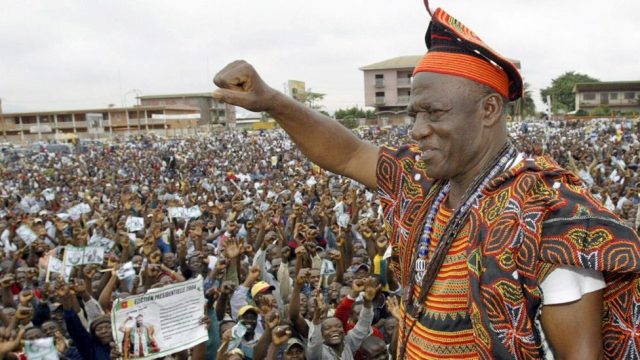
One other important thing to point out about the Far North Region, Paul Biya, and recent past presidential elections in Cameroon, is that according to official statistics, the votes that Paul Biya grabs in the presidential election in the Far North Region alone, is always more than the total number of votes that his principal challenger gets in the entire country and the Diaspora. According to official statistics, at the 2011 presidential election for example where Paul Biya grabbed 990, 947 votes in the Far North Region alone, Ni John Fru Ndi who came second in the presidential election, had a total 518, 175 (Five hundred and eighteen thousand, one hundred and seventy five) votes in the entire country and the Diaspora. As for 2018 presidential election, Paul Biya grabbed 717,442 (Seven hundred and seventeen thousand, four hundred and forty two) votes in the Far North Region alone, while his principal challenger, Maurice Kamto, who came second in the presidential election, received a total of 503,384 (Five hundred and three thousand, three hundred and eighty four) votes in the entire country and the Diaspora. Humiliating indeed for the opposition!
Why Opposition Supporters Are Optimistic About The October 12, 2025 Presidential Election In The Far North Region
The Cameroon opposition had always complained that the ‘Sovietic’ type of scores that Paul Biya always record in official results of presidential elections in the Far North Region, are the products of heavy rigging by the CPDM or Biya regime, with the complicity of the two main political parties of the Grand North, that is Bello Bouba Maigari’s UNDP and Issa Tchiroma Bakary’s FSNC. The UNDP and the FSNC parties were in an official alliance with the ruling CPDM, which gave them a number of posts in Government. In return, UNDP and FSNC had an obligation to support the ‘natural’ candidate of the CPDM at presidential elections, President Paul Biya. These alliances both ended in June 2025, with UNDP designating its presidential candidate for the 2025 presidential election, in the person of Bello Bouba Maigari, who is only the National President of the party. The presidential candidate of the FSNC is Issa Tchiroma Bakary, who is also the leader of the party.
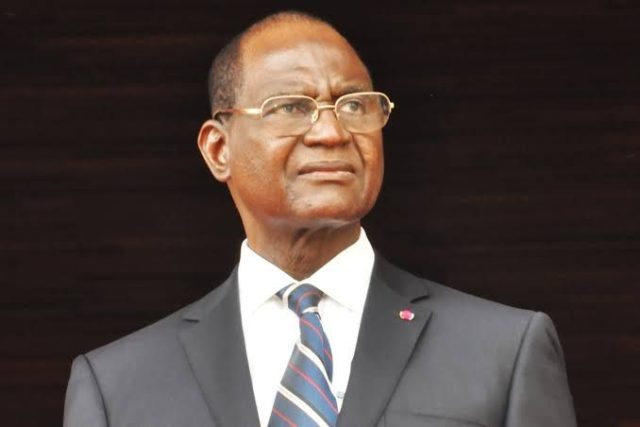
Opposition supporters now think that with the unholy alliances, CPDM – UNDP and CPDM – FSNC, having been broken, it will become very difficult for the ruling CPDM party or regime, to rig the October 12, 2025 presidential election in the Far North Region in favour of its candidate, Paul Biya, as the two major northern parties that now have candidates in the election, will not condone fraud. There is also the belief among opposition supporters, that the UNDP and FSNC parties know so well the modus operandi that their former ally, CPDM, was applying to rig the presidential election in the Far North Region, and so have prepared an antidote to counter the fraud.
On the other hand, the CPDM has always dismissed as spurious, the allegation that as the ruling party, it uses State machinery to rig elections. CPDM has been insisting, even if unconvincingly, that despite the departure of UNDP and FSNC, the Far North Region remains the fief of President Biya and the CPDM. The CPDM has been using the results of the last legislative and municipal elections that jointly held on February 9, 2020, to argue that despite the fact that the UNDP and FSNC participated in the elections as independent parties, the CPDM still grabbed the majority of parliamentary seats and municipal councils in the Far North Region in particular, and in the entire Grand North in general. The CPDM also insists that Paul Biya will still win big in the Far North Region, at the October 12, 2025 presidential election. Well, let’s wait and see.
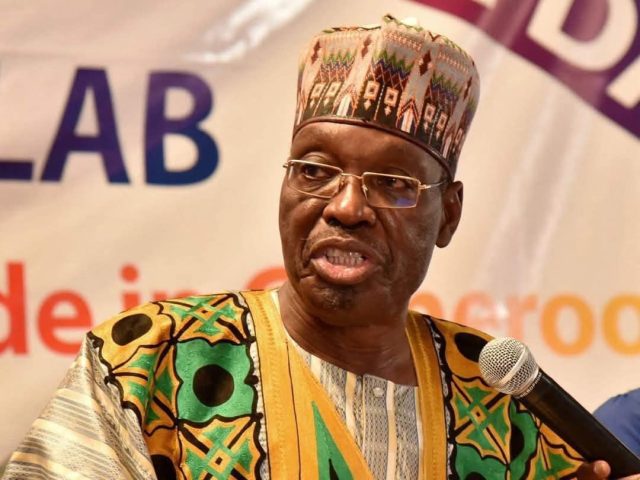
The Regime Is Good In Humiliating Biya’s Former Ministers In Election
The leader and presidential candidate of FSNC, Issa Tchiroma Bakary, who resigned from Government barely on June 24, 2025, has been attracting a lot of supporters in the presidential election race, for talking so tough against the regime that he was part and parcel, for two decades. But one thing Issa Tchiroma has to bear in mind, and stay very vigilant, is that the Biya regime is good at using any possible means, to humiliate a former member of the regime that tries to talk tough against the regime, especially against President Biya, at an election. At the last presidential election which held in 2018 for example, one of Biya’s former ministers, Prof Maurice Kamto, the leader of MRC, who was also the party’s presidential candidate, drew much public admiration for talking tough against the Biya regime. But Kamto who hails from Baham, Upper Plateau Division in the West Region, had a rude shock with the details of the official result of the presidential election, which showed that Biya beat him in his native Upper Plateau Division. In that official result, Paul Biya came first in the Upper Plateau Division with a score of 53.51 %, which was 13,712 votes, while Kamto came second with a score of 10.002 %, which was10,002 votes.
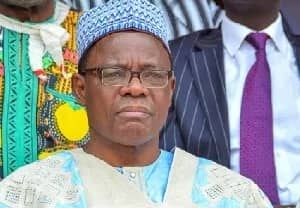
Will Registered Voters In The Crisis-Ridden Anglophone Regions, Be Able To Cast Their Ballots?
One of the most disturbing issues in the 2025 presidential election in Cameroon which is expected to hold tomorrow (Sunday, October 12), is that the escalated Anglophone Crisis, or better still the armed conflict between government troops and separatist fighters commonly known as Amba boys, remains unresolved. Culpability for this situation of course goes mostly to the Biya regime, that has stubbornly continued to refuse to embrace or accept inclusive dialogue, that that the international community, or even common sense, strongly recommends to resolve the crisis.
It would be recalled that there was actually no real election in the two, Anglophone Regions, that is, the Northwest and Southwest Regions of the country, at the October 7, 2018 presidential election, because of the escalated Anglophone Crisis. Official statistics show that out of the 627,068 (Six hundred and twenty seven thousand, and sixty eight) registered voters at the 2018 presidential election in the Northwest Region, only 35,582 (Thirty five thousand, five hundred and eighty two) persons managed to vote, which was a participation rate of 5.36 %. In the Southwest Region, out of the 374,227 (Three hundred and seventy four thousand, two hundred and twenty seven) registered voters for the 2018 presidential election, only 59,647 (Fifty nine thousand, six hundred and forty seven) persons managed to cast their votes.
It should be noted dependable sources in the Northwest and Southwest Regions, were unanimous that these very low numbers of voters at the October 7, 2018 presidential elections in the two Anglophone Regions, were in fact even inflated by local authorities to give the false impression that the situation was not too bad. So in fact the real numbers of persons that voted in the two Anglophone Regions were less that the official figures. Your guess is good as ours of The Mentor News, as to which presidential candidate benefitted from the inflated figures of voters’ participation in that 2018 presidential election in the two Anglophone regions.
Come to think of it, that at the October 9, 2011 presidential election, when the Anglophone Crisis which is a degeneration of the Anglophone Problem was not around, 432,794 (Four hundred and thirty two thousand, seven hundred and ninety four) persons voted in the Northwest Region, while 394,078 (Three hundred and ninety four thousand, and seventy eight) persons voted in the Southwest Region.



